Hoof fungus
A large perennial polypore mushroom, one of the commonest all around Europe.
| Mushroom Type | |
| Common Names | Hoof Fungus (EN), Tinder Bracket (EN), Carn y Fedwen (CY), Hubiak Pospolity (PL), Bükkfa-Tapló (HU) |
| Scientific Name | Fomes fomentarius |
| Season Start | All Year |
| Season End | All Year |
| Average Mushroom height (CM) | |
| Average Cap width (CM) |
Fruiting Body
10–60 cm across, 2–25 cm thick, hoof-shaped. Skin is grey-brown to grey, the edge is often yellowish brown, cream or ochre, 1–2 mm thick, smooth.
Pores
Tubes are 2–7 mm long in each layer, their inner surface is cream to dull. Pores are circular, 2–3 per mm, pore surface light grey-brown.
Habitat
Growing on weak but living or dead deciduous trees. Its main host might vary region by region, but it can be found almost on every hardwood genera and can fruit anytime during the year. It is parasitic or saprotrophic, causing white-rot.
Possible Confusion
It can be confused with Red-Belted Bracket (Fomitopsis pinicola) which prefers conifers, but can be found on birch, and rarely on other hardwood hosts as well.
Spore Print
Spore print is white. Spores are hyaline (has no colour), ellipsoid-cylindric and smooth.
Taste / Smell
Inedible, its taste is acrid, smells slightly fruity.
Frequency
very common and widespread


 (4 votes, average: 4.75 out of 5)
(4 votes, average: 4.75 out of 5)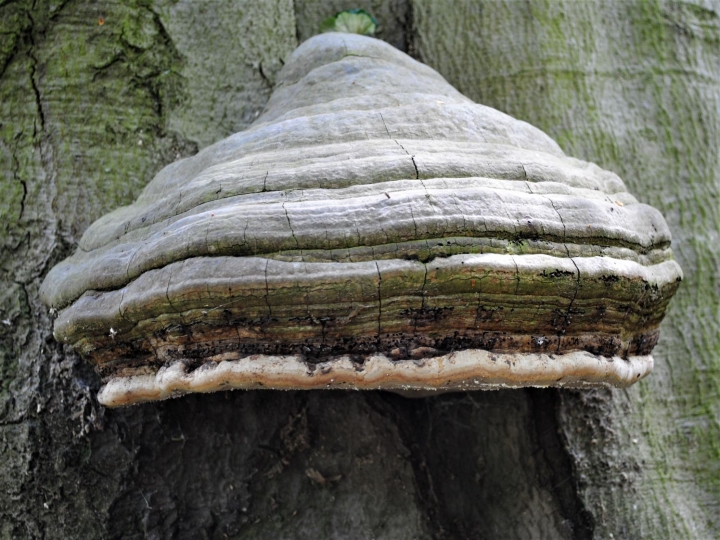












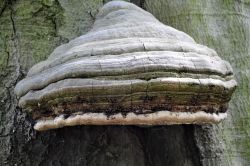
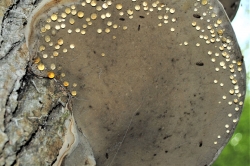
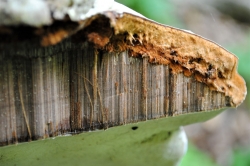
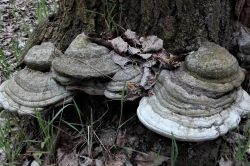





COMMENTS